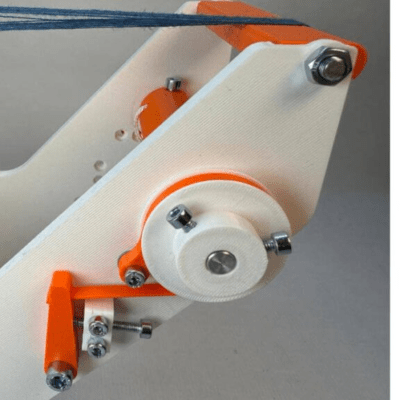Lego’s Technic line features all kinds of mechanical devices, from cogs to gears to chains and even pneumatic components. However, the vast majority of these components are made out of plastic and are only capable of toy-like levels of performance. In the competitive world of Lego YouTube, builders often push these parts to their limits, breaking them more often than you might think. To that end, [Brick Experiment Channel] has been investigating stouter Lego-compatible universal joints from a variety of third-party manufacturers.
The video starts with a simple demonstration, showing that a Lego universal joint pops apart at just 0.4 Nm of torque. It’s no surprise, given it relies on tiny plastic pins in snap-fit joints. However, this means that it’s not that hard to build a stronger universal joint to outperform the stock parts.
The video steps through a range of other options available on the market. For example, CaDA builds a universal joint using aluminium sleeves, a copper center, and steel pins to join everything together. It’s so strong that the plastic Lego axles fail long before the joint does. Tested with third-party aluminum axles, it eventually fails at 2.3 Nm of torque when the aluminum sleeve snaps. An all-steel joint from MTP goes even harder, eventually stripping out its axle mount at 4 Nm. The rest of the video goes on to explore angular performance, size, and other design features.
It’s fair to say that if you’re swapping out universal joints and axles for aluminum steel parts, you’re not really playing with Lego anymore. At the same time, it’s neat that there exists a sort of defacto standard kit for mechanical experimentation that is now being expanded upon with stronger components. Video after the break.
Continue reading “There Are Better Lego-Compatible Universal Joints Out There”



















